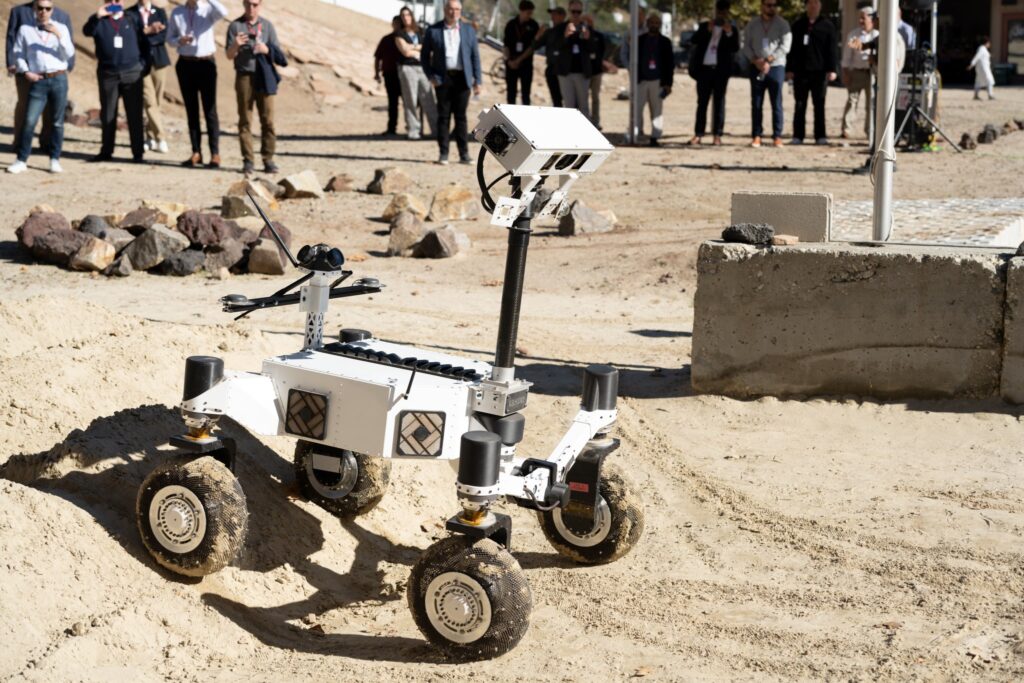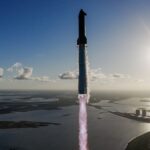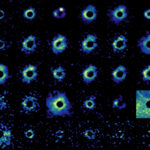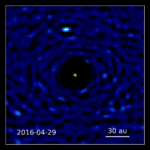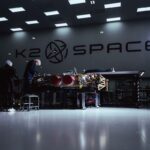Now Reading: Europe Accelerates Space Ambitions with Vega-C Launch Plans and Innovative Rocket Technologies
-
01
Europe Accelerates Space Ambitions with Vega-C Launch Plans and Innovative Rocket Technologies
Europe Accelerates Space Ambitions with Vega-C Launch Plans and Innovative Rocket Technologies
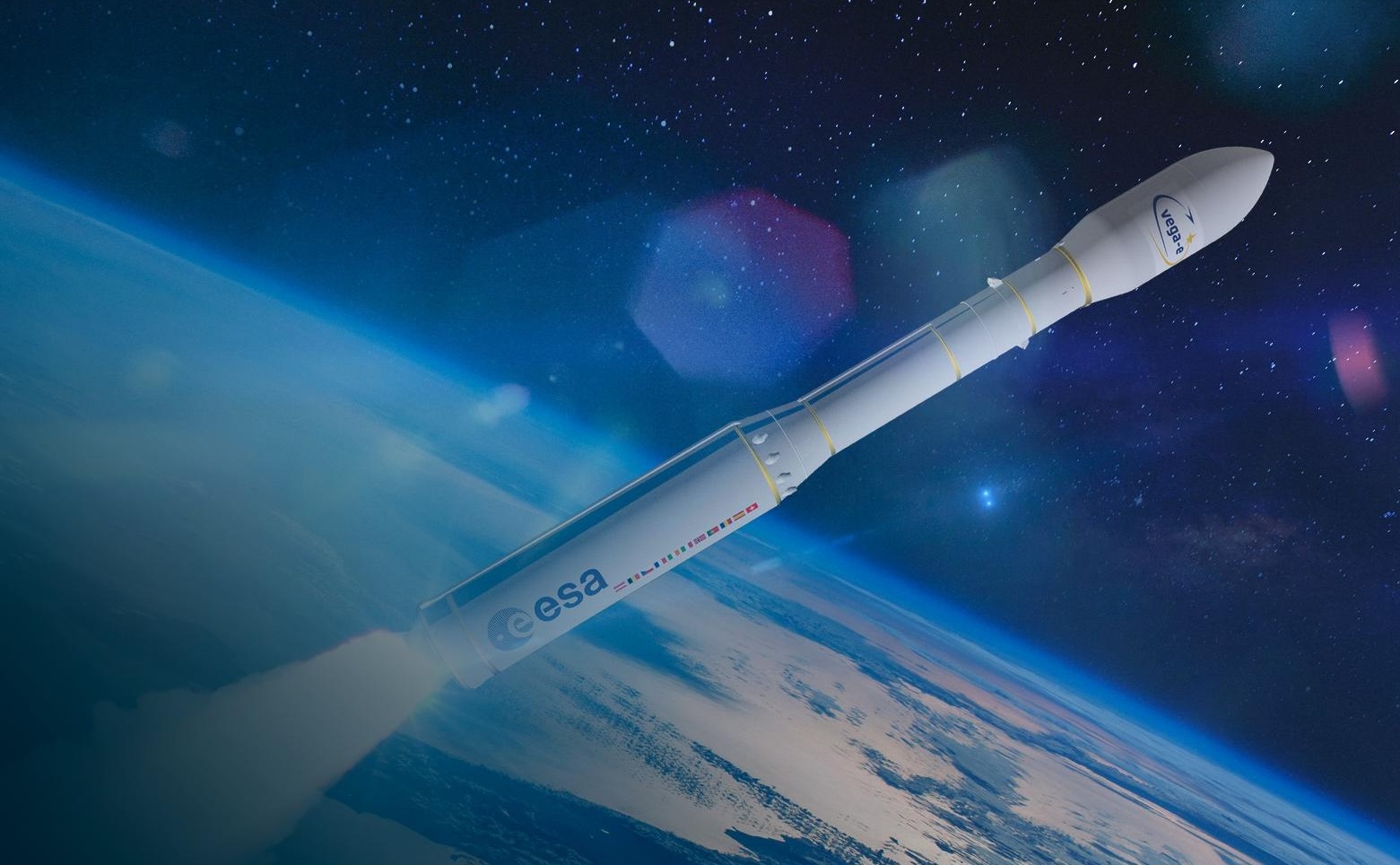

In a landmark move for Europe’s space ambitions, ESA recently signed multiple contracts with Avio to ramp up the launch cadence of the Vega-C rocket. This decision is not merely about increasing the number of flights; it represents a significant leap toward enhancing Europe’s capabilities in the global space race. With four launches planned for 2025 and five more slated for 2026, the new strategy signifies the commitment of European space agencies to establish a robust and reliable launch ecosystem.
The upgrades at the Guiana Space Centre are crucial to accommodate these ambitious plans. The former Ariane 5 integration building is being modified to allow simultaneous preparation of two mission campaigns—one launch-ready and the other in assembly. This innovative approach will drastically reduce turnaround times, allowing better resource management and more efficient launches. The Vega-C, which returned to flight after nearly two years, recently successfully placed Sentinel-1C, a critical Earth observation satellite, into a Sun-synchronous orbit, showcasing its reliability.
As the Vega-C continues to mature, attention is already turning to its successor, the Vega-E. Expected to be 35 meters tall and with a fairing diameter of 3.3 meters, Vega-E will incorporate advanced technologies, including a new cryogenic upper stage powered by liquid methane and oxygen. This evolution will not only enhance payload capacity but also position Vega-E as a green alternative in the launch vehicle market.
However, the challenge remains—how will the European space sector effectively compete against established players like SpaceX and Blue Origin? By fostering innovation through programs like ESA’s Boost!, which offers crucial funding to emerging companies such as Isar Aerospace and Rocket Factory Augsburg, Europe aims to stimulate its own entrepreneurial spirit. The €44.2 million funding extensions awarded in 2023 to these companies are not just monetary boosts; they’re lifelines fostering technological advancements needed to maintain a competitive edge in the evolving aerospace landscape.
The landscape for European launches is diversifying, with companies exploring innovative solutions. For instance, the upcoming Spectrum rocket from Isar Aerospace is anticipated to debut at the Andøya spaceport in Norway in 2025. This launch site, having previously supported a high number of suborbital missions for NASA, will be pivotal for Europe’s foray into dedicated commercial satellite launches.
Moreover, the increasing focus on launch frequency aligns with global market trends indicating a surge in demand for small satellite deployers. As the satellite market grows— projected to reach billion by the end of the decade—European companies must position themselves to meet both existing and emerging needs. HyImpulse’s innovative hybrid rocket technology, which utilizes a paraffin-based fuel combined with liquid oxygen, stands at the forefront of this push. With a unique propulsion system emphasizing environmental friendliness, HyImpulse is poised to tap into a burgeoning demand for sustainable launch options.
HyImpulse’s vision extends beyond just the launch of its SR75 suborbital sounding rocket; the strategic launch of an orbital transfer vehicle (OTV) called HyMove will revolutionize how satellites are deployed into varying orbits. The collaboration with Spacemanic further illustrates the importance of partnerships in expanding operational capacity and enhancing service offerings.
The foundation laid by these increasing launch cadences and innovative technologies will ensure that Europe remains a significant player in the global space industry. The Vega family’s evolution, alongside HyImpulse’s pioneering spirit, exemplifies a collective stride towards an ambitious and interconnected European future in space exploration.
HyImpulse is not just creating another rocket; it’s reimagining the way we think about propulsion and environmental sustainability in the aerospace industry. At the heart of its innovation lies the revolutionary hybrid rocket engine that blends paraffin-based fuels with liquid oxygen. This combination doesn’t merely enhance performance; it symbolizes a commitment to a greener future in an industry that has often been criticized for its environmental impact. With the advent of their small launcher SL1 on the horizon, HyImpulse stands poised to make significant waves in both the market and technology landscape.
Hybrid rockets have traditionally battled an uphill struggle in the propulsion arena, facing scrutiny primarily due to efficiency and structural limitations. However, HyImpulse has ingeniously circumvented many of these challenges by using the unique properties of paraffin fuel. Unlike conventional solid fuel, which is often encumbered by inefficiencies and complexities, paraffin offers an accessible, reasonable investment alternative that significantly reduces environmental risks. This fuel choice not only aligns with the increasing global aspirations for sustainability but also promises a lower entry barrier for new players in the launch market.
The company has made significant strides in refining its HyPLOX75 hybrid engine, which has already demonstrated its capabilities through the successful launch of the SR75 suborbital rocket. This rocket achieved an impressive altitude of 50 kilometers, showcasing the engine’s performance. As Christian Schmierer, CEO of HyImpulse, eloquently stated, “The oxidizer change was the hard thing to do… That took roughly four years of intensive testing on the ground.” This level of dedication illustrates the technical prowess of the team and their relentless pursuit of excellence.
But let’s peel back the layers, shall we? The real intrigue lies in how the hybrid engine works. By melting paraffin to create a liquid layer on the combustion surface, it allows for more efficient oxidizer interaction, increasing thrust and maximizing burn efficiency. This innovative approach addresses the common pitfalls of hybrid engines—namely, the complexities of fuel geometry and combustion management—by enabling a more stable and controllable combustion environment. This not only enhances reliability but also allows for future scalability of the technology. As Schmierer puts it, “By bringing droplets from the surface into the flame, you don’t need to bring the flame to the surface.” This optimization could very well set a new standard in the industry.
Furthermore, HyImpulse is not resting on its laurels with the SR75. The development of the HyMove orbital transfer vehicle (OTV) is also a game-changer. Designed to operate akin to a “space tug,” HyMove will facilitate the deployment of multiple satellites into diverse orbits from a single launch, enhancing overall mission efficiency. This adaptability is critical as the market shifts towards more sophisticated satellite constellations, providing precise insertion capabilities that many competitors lack. Such a multi-mission approach is poised to meet the surging demand projected for small satellite launches, which are estimated to reach billion by 2030.
The strategic partnership with Spacemanic, aimed at launching up to ten missions using HyMove from 2026 to 2036, is an astute move, aligning HyImpulse with established players in the nanosatellite domain. This synergy could facilitate a smoother entry into the market while diversifying the operational capabilities of both companies. As satellite operators increasingly seek value for your money launch solutions, the integration of HyImpulse’s technology into mainstream practices seems inevitable.
With each advancement, HyImpulse is not just participating in the space race; it’s redefining it. The combination of hybrid technology with environmental consciousness positions the company to address not only the immediate needs of the satellite launch market but also the long-term objectives of sustainability and cost efficiency. As the European space sector continues to evolve, the focus on innovation will be paramount, and HyImpulse’s forward-thinking approach will likely play an important role in shaping Europe’s future in space.
Stay Informed With the Latest & Most Important News
Previous Post
Next Post
-
 012024 in Review: Highlights from NASA in Silicon Valley
012024 in Review: Highlights from NASA in Silicon Valley -
 02Panasonic Leica Summilux DG 15mm f/1.7 ASPH review
02Panasonic Leica Summilux DG 15mm f/1.7 ASPH review -
 03How New NASA, India Earth Satellite NISAR Will See Earth
03How New NASA, India Earth Satellite NISAR Will See Earth -
 04From Polymerization-Enabled Folding and Assembly to Chemical Evolution: Key Processes for Emergence of Functional Polymers in the Origin of Life
04From Polymerization-Enabled Folding and Assembly to Chemical Evolution: Key Processes for Emergence of Functional Polymers in the Origin of Life -
 05And Thus Begins A New Year For Life On Earth
05And Thus Begins A New Year For Life On Earth -
 06Astronomy Activation Ambassadors: A New Era
06Astronomy Activation Ambassadors: A New Era -
07SpaceX launch surge helps set new global launch record in 2024














